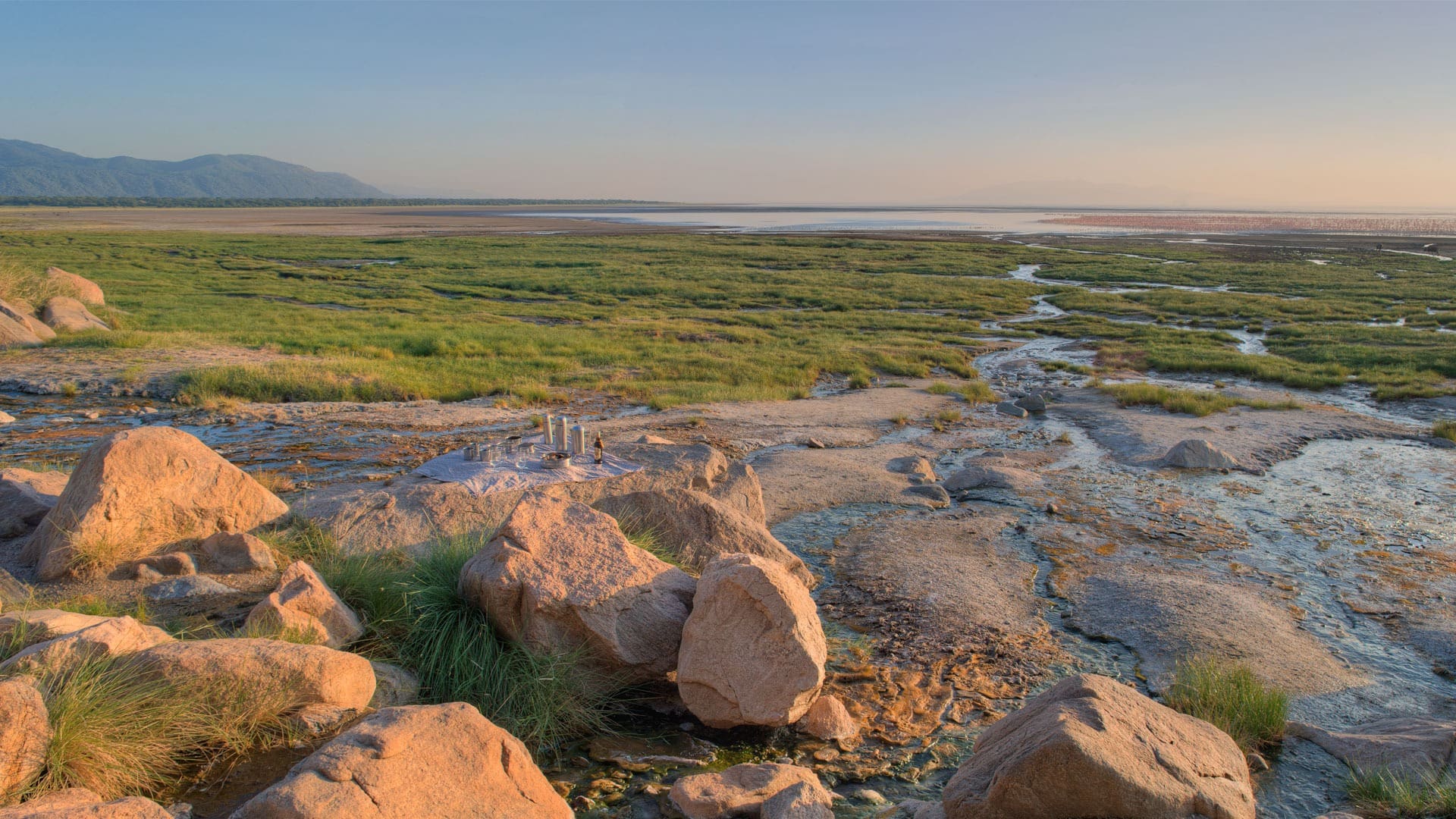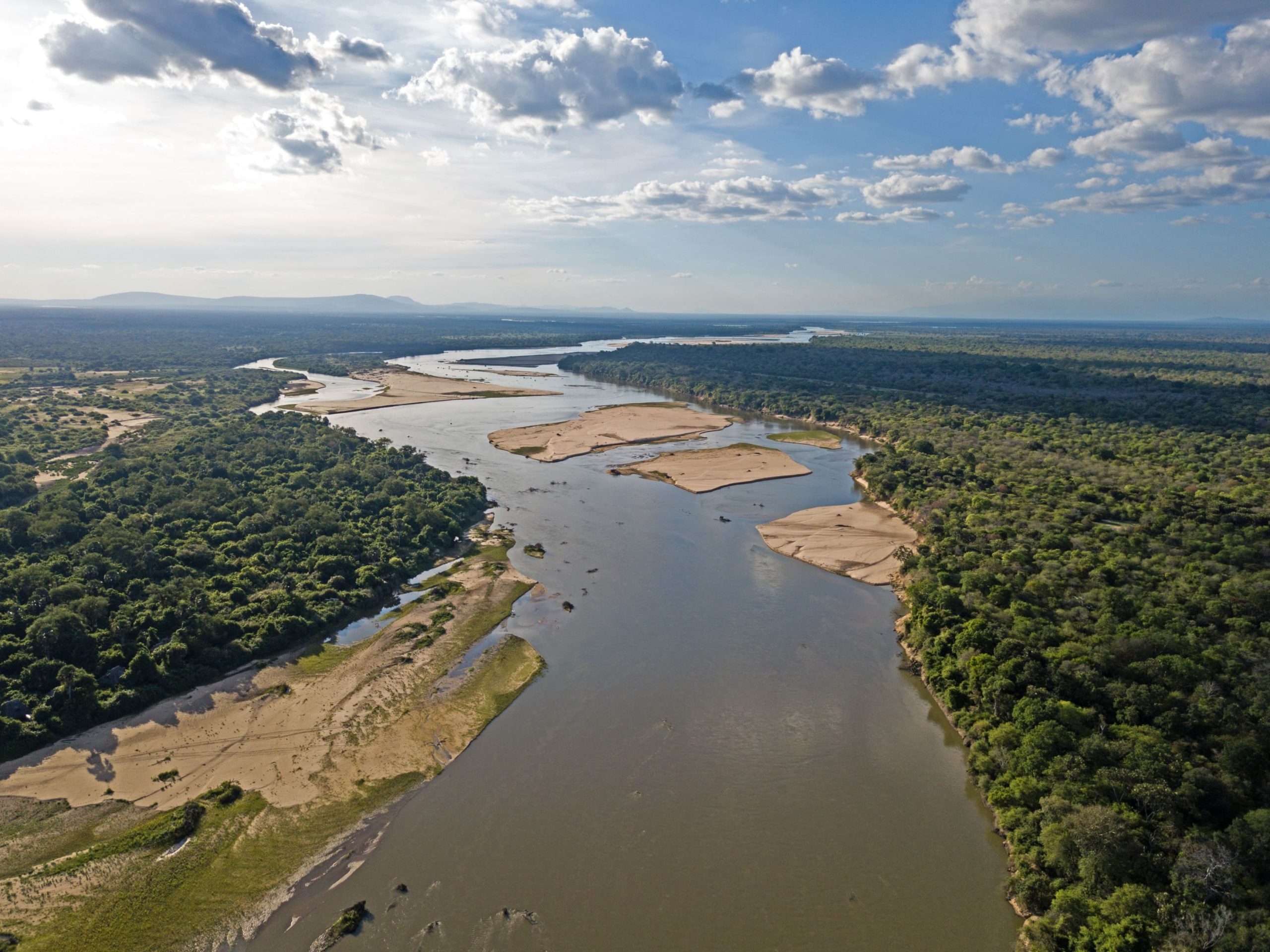Olare Motorogi Conservancy is a privately managed wildlife haven bordering the Maasai Mara National Reserve. Covering approximately 35,000 acres, it is one of the most exclusive safari destinations in Kenya. Established as a conservation initiative to reduce over tourism in the Maasai Mara, the conservancy limits visitor numbers to protect its delicate ecosystem.
Olare Motorogi Conservancy is home to an impressive diversity of wildlife, including the Big Five (lion, leopard, elephant, rhino, and buffalo) and other species such as cheetahs, hyenas, giraffes, zebras, and wildebeests. The conservancy’s low tourism density policy ensures fewer safari vehicles, allowing for a more immersive and personal wildlife experience.
Olare Motorogi Conservancy is also a prime location for predator sightings, particularly lions. The conservancy has one of the highest lion densities in Africa, making it an excellent choice for those interested in big cat conservation and observation.
Visitors to Olare Motorogi can enjoy various activities, including game drives, guided walking safaris, hot air balloon safaris, and cultural visits to Maasai villages. Unlike the Maasai Mara National Reserve, night game drives are permitted here, offering a rare chance to see nocturnal animals in action.
Unique Experiences in Olare Motorogi Conservancy
-
Exclusive Game Drives: With only a limited number of safari vehicles allowed, visitors can enjoy undisturbed wildlife sightings without large crowds.
-
Walking Safaris: Explore the savanna on foot with an expert Maasai guide, learning about animal tracks, plants, and the ecosystem.
-
Night Game Drives: Unlike the Maasai Mara National Reserve, Olare Motorogi permits night drives, offering a chance to see nocturnal animals like aardvarks, bush babies, and leopards.
-
Luxury Lodges and Camps: Some of Kenya’s most luxurious tented camps, such as Mahali Mzuri, Mara Plains Camp, and Kicheche Bush Camp, are located within the conservancy, offering five-star hospitality and stunning views.
-
Hot Air Balloon Safaris: Take a breathtaking sunrise flight over the savanna, witnessing the landscape and wildlife from the sky.


